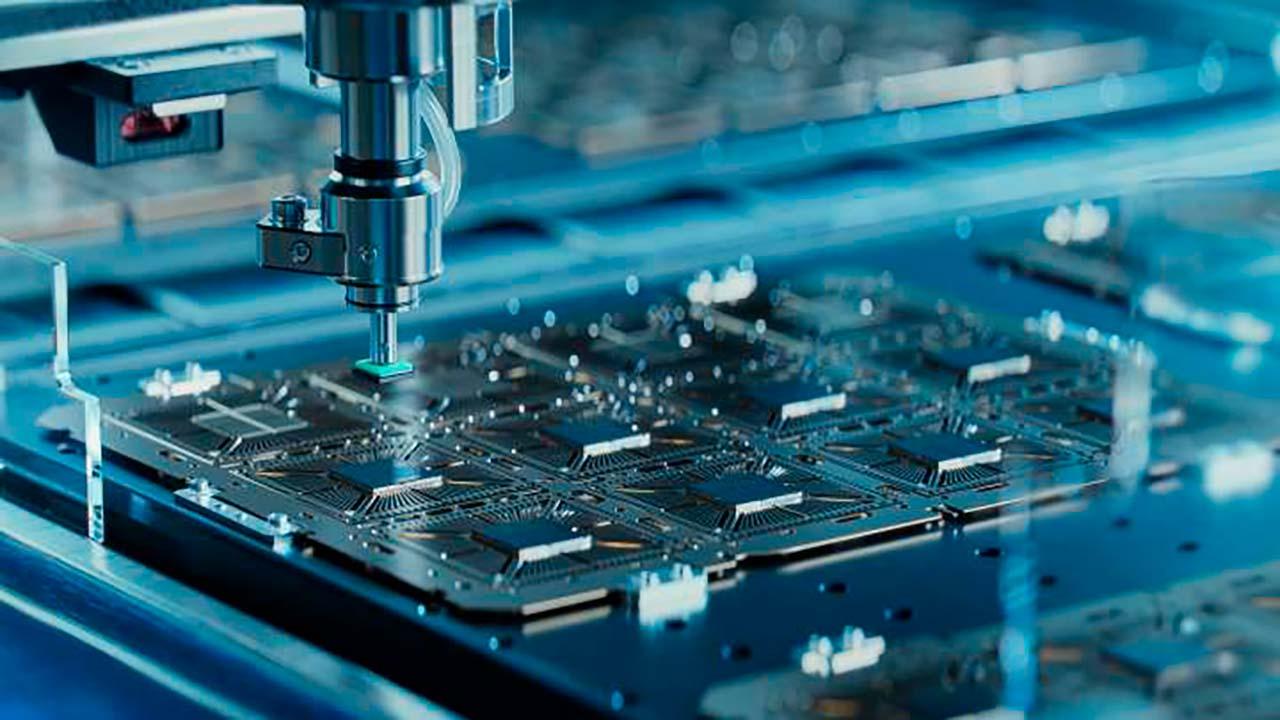Last year, Intel visited several European countries to see which offered it the best conditions to build a new chip factory on the old continent and which would add to the one it already has in Ireland. Although Europe was on the list of countries considered by Intel for this new factory, Germany ultimately proved to be the winner and, according to the Intel boss, it will be the most modern and advanced factory in the world. world.
The fact that Europe has the most advanced chip factory in the world is a very important fact, it already represents the return of the old continent to the forefront in the world of technology, a world dominated by the United States, China and South Korea.
This factory will have the capacity to manufacture wafers using modern manufacturing technologies. 1.5 nanometers both for Intel and for manufacturers who work with Intel Foundry Services to make semiconductors, according to Intel CEO Pat Gelsinger in an interview with CNBC at the World Economic Forum in Davos, which is being held every year in Switzerland.
Currently, Intel’s most advanced manufacturing processes with Intel 4 and Intel 3 are behind TSMC, the world’s largest manufacturer. However, if the roadmap that Intel plans to follow does not change, it is likely that this factory will overtake TSMC and be the first manufacturer to use 1.5nn in its manufacturing processes. Intel was the first company to receive a 2nn wafer lithography machine.
Intel says China is 10 years late and will continue to do so
Unlike other technology sectors in which China is the undisputed leader across the entire industry, including the most important sector of all, semiconductor manufacturing, China has a long way to go. Browse.
Not because of a lack of investment but because of the bans imposed by the governments of the United States, Japan and the Netherlands on the sale of the most advanced lithography machines on the market, which is why they are currently stuck in 7 nn manufacturing processes
The largest Chinese semiconductor manufacturers, SMIC and HLMC, use lithography machines made in countries that can no longer sell them in China and which are not the latest generation, although they can continue to sell this type of machines, the ban being limited to these. enables manufacturing processes below 7 nanometers.
The only solution left is to develop its own wafer manufacturing equipment, a very complex process that requires certain rare chemical elements and which not all manufacturers and countries have, because otherwise China would be at the forefront of this type of machine.
Gelsinger says that right now, China is 10 years behind the industry semiconductor world and will continue to do so until sanctions are lifted or China is able to develop this type of machines in the future, a process that could take several years.







